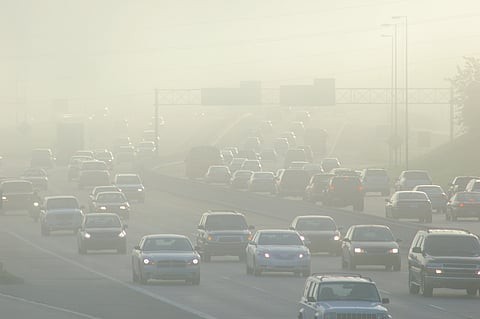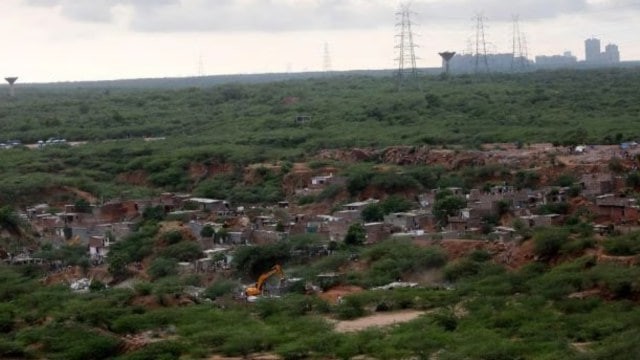



The CSE and DTE report highlights India’s deepening environmental and developmental crises, including rising pollution, climate extremes, water scarcity, and public health stress. Despite some state-level successes, systemic issues like poor infrastructure, gender inequality, and ecological degradation demand urgent, coordinated policy action.

Disclaimer: Copyright infringement not intended.
As the world prepares to observe Environment Day on June 5, the Centre for Science and Environment (CSE) has sounded a sobering alarm: India is facing a mounting crisis on multiple environmental and development fronts.
|
Category |
Key Findings / Highlights |
|
Report Released By |
Centre for Science and Environment (CSE) and Down To Earth (DTE) |
|
Scope of Report |
Covers 48 indicators across 4 themes: Environment, Agriculture, Public Health, Human Development Ranks all 36 States/UTs |
|
Top Performing States |
- Environment: Andhra Pradesh (forests, biodiversity) - Agriculture: Sikkim (organic farming, land use) - Public Health: Goa (medically certified deaths) |
|
Common Weaknesses Even Among Top States |
- Poor sewage treatment, pollution control (Andhra Pradesh) - Weak farmer welfare (Sikkim) - Shortage of hospital beds, low female LFPR (Goa) |
|
Worst Performing States |
Uttar Pradesh, Bihar, Maharashtra, West Bengal — all performed poorly across most categories, exposing large populations to climate and health vulnerabilities |
|
Climate Trends |
- 2024: Warmest year on record - 88% of days had extreme weather - 25 states faced record rainfall |
|
Displacement & Migration |
- 5.4 million internal displacements - Assam alone accounted for nearly half - Floods caused 2/3rd of displacements |
|
GHG Emissions |
- India’s global share reached 7.8% in 2023 - Growth rate accelerated (up nearly 1% from 2020 to 2023) |
|
Water Crisis |
- 135 districts overdraw groundwater (>40m depth) - Nearly double the figure from 2014 |
|
Pollution |
- Heavy metals in half of monitored river sites (2022) - Air Pollution: Unsafe air in 13 capitals; Delhi life expectancy shortened by ~8 years |
|
Waste Crisis |
- E-waste rose by 147% in 7 years - Plastic waste reached 4.14 million tonnes (2022–23) - Legacy waste remediation only halfway complete |
|
Forest Diversions |
- 29,000 hectares diverted in 2023–24 - Primarily in Jharkhand and Uttar Pradesh |
|
Human-Animal Conflict |
- 36% increase in elephant-related deaths (2020–24) - 82 tiger-related deaths during same period |
|
Public Health Issues |
- 3.06 million excess deaths (2020–21) — 6x official COVID toll - 36% more CHCs needed - 80% shortfall in health specialists |
|
Health Expenditure |
- Out-of-pocket expense: 45%+ of total health expenditure - UP: ~66% of health costs paid by individuals - High in Kerala, West Bengal too |
|
Labour & Economic Distress |
- Inflation-adjusted incomes declined (2017–23) - 73% workforce is informal - >50% of regular workers lack protections like paid leave |
|
Gender Inequality |
- Only ~20% of women employed full-time vs 60% of men - Women work fewer hours |
|
Call to Action |
- Invest in data transparency and collection - Address interlinked climate-health-economy crises - No time for complacency, need policy recalibration |
Source: Down to Earth
|
PRACTICE QUESTION Q. India is facing converging environmental, health, and development crises. How can coordinated mechanisms and data-driven surveillance help realign public policy for sustainable outcomes? (150 words) |







© 2025 iasgyan. All right reserved